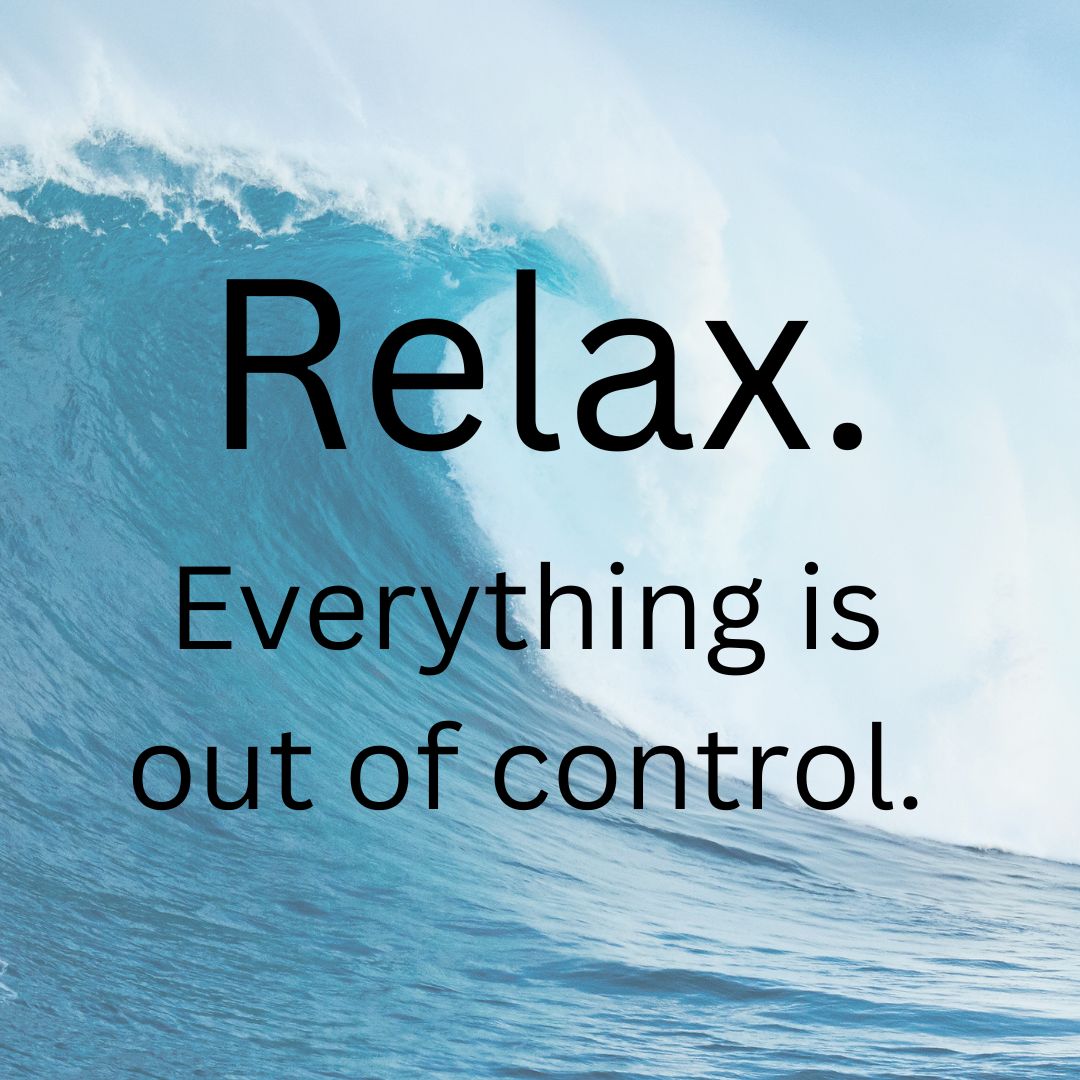I usually use this time and attention you’ve given me, to offer you food for thought. I like the idea of planting seeds and wondering about the ways they take root in your life.
It’s been a long time since I’ve seen some of you – you may have taken classes with me long ago, or not at all; you may have worked privately with me, or maybe you know me socially and open these emails to see what I’m up to.
My work has evolved significantly since I started teaching almost 20 years ago, so as I prepare to begin teaching a new session of Zoom classes, I’d like to spend more time than usual describing what I’m doing, rather than what I’m thinking about. (Although the two tend to intersect quite often!)
I teach Mindful Movement.
What does that mean? It means I help people cultivate and nurture mind-body connection, and then teach movements that can be used to create ease, improve coordination, build strength, and increase mobility.
My classes are informed by the principles that guide my work as a yoga therapist. Cultivating and nurturing the skill of listening to one’s body is foremost; working in moderate ranges to increase stability and mobility follows. We isolate movements and then explore relationships in the body, feeling how core stability affects balance, or how hip function affects knee pain, for example.
We are all unique individuals, and one size does not fit all.
I believe that the most important part of my work is in empowering people to listen to their bodies and make the best choices for themselves depending on the situation. That means there’s never a right or wrong way of doing something, but an ongoing invitation to be curious about what we’re noticing, about the ways that movement travels through the body, and what that can teach us about the relationships within our bodies.
My classes don’t look like traditional yoga classes. We do lots of work with core stability. We work to find more ease of movement in hips and shoulders, then add load and complexity to increase stability in different ranges. We build strength, adaptability and resilience. Sometimes we work with dumbbells or resistance bands; sometimes we work with the weight of our bodies and the floor or wall. We do a lot of work with feet, feeling how improving our connection to the ground affects balance, walking and posture.
I invite students to listen to their bodies, and to be curious about the choices they can make to fine-tune each movement according to what they’re hearing – making different choices about speed, intensity, and range of motion provides infinite options to address their individual needs. Many students comment that movements in classes are similar to those they have learned from their physiotherapist.
I am a lifelong learner, and that learning is continually incorporated into classes. Lately I’ve been taking advantage of opportunities to learn more about the vagus nerve, the autonomic nervous system, and the lymphatic system. No system in our body works alone, and I love connecting these dots and sharing what I’m learning in classes.
Most of my students are 50+. Some are still working, some are retired. They are hikers, cyclists, grandparents, teachers, travellers, artists… Some have had hip or knee replacements, others chronic back pain. Some students are younger and are recovering from an injury or accident. Most students have found traditional yoga or fitness classes too intense and are scared of re-injuring themselves or aggravating their current issues. What I hear most often from students is that my classes make the other activities in their lives easier and less painful – from raking leaves and shoveling snow, to hiking or playing with grandchildren, or just getting through the workday.
Zoom classes began as a temporary measure, to be able to keep working together and to stay connected through the pandemic. My students and I now agree that we love the convenience of Zoom classes. The commute can’t be beat, and we can practice in our pj’s. (although I rarely do!)
There is time before and after class to chat and address questions that may have arisen. I extend an ongoing invitation for students to let me know if there is an issue they need help with, or if they have suggestions for classes. I love planning my classes in response to those emails and conversations, and hearing from my students that the work has been helpful.
All live classes are recorded and posted to an on-demand library that students have unlimited access to. Students can participate in all live classes each week, as well as have access to recorded classes 24/7.
Hopefully you now have a better sense of what I do, and who I work with. If it feels like this kind of work is up your alley, I’d love to have you join me. If you have questions about specific issues you’re dealing with and if classes would be suitable for you, I’d be happy to have a no-pressure conversation with you about your needs and if I can help – fill out the form on the contact page and let’s talk.




